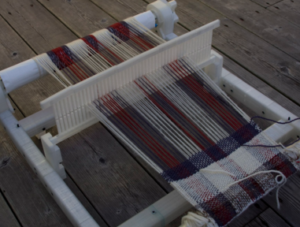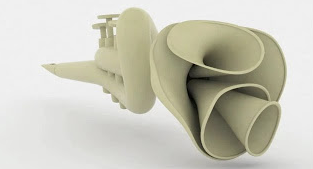This week, we looked at alternative structures for delivering education. One new model was called Hyflex. Hyflex learning is similar to hybrid styles which blend online and on-site learning but with the added component of flexibility. Typical hybrid classes are designed to have certain parts of the course delivered online while others are designed to be delivered in-person and these components are the same for every student. With Hyflex, however, students are given the freedom to choose which method works best for them in each situation. In other words, all of the course content is available in multiple modes allowing students to choose how they participate. This seems like an empowering way to structure a course that would give students a feeling of ownership over their own learning. On the other hand, it would require that the teacher have access to more resources and probably more prep time, too. This video shows an example of how this system might work in a university setting using Microsoft Teams:
The other model we looked at was called flipped learning. This is where students do the instructional portion of the lesson at home using provided videos and materials and the face-to-face time is mostly dedicated to learning activities and exercises which build on the students’ pre-class work. In order to be effective, though, flipped learning needs to be more than simply swapping lectures with homework. The real emphasises has to be on creating an active learning environment with engaging hands-on class time activities. Having these during class time when the teacher is free to move around and check in with each student allows for a more individualized experience. Traditional methods can obviously incorporate these activities as well, but the flipped model frees up more in-person time for meaningful activities. It also has the potential to allows students starting with different levels of knowledge to move closer together before the class begins. While there are many advantages, the biggest pitfall I can see with this approach is the risk of alienating students whose home environments are not conducive to completing the pre-class work.
This week, we experienced putting flipped learning into practice with pre-class introductory activities leading into a 3D design and 3D print workshop during class. I have never interacted with any kind of CAD software before, so playing around in Tinkercad was like a fun little glimpse into another world. I was also blown away by how widely available 3D printing is now. When I first heard of this technology, which wasn’t too long ago, it seemed like cutting edge science fiction kind of stuff. Now, it seems like you are likely to find at least one 3D printer in most high schools across the country. This is the little snowman tree ornament I designed:

For proficient and creative users, however, the possibilities seem endless. These are some neat cross-curricular examples of printing projects I came across for blending art and science:

Perhaps an art teacher wants to teach students how to weave, why not have them create the loom itself. Retrieved from: levelupvillage.com/seven-practical-uses-schools-3d-printer/

This is a 3D printed trumpet made by MIT Media lab. Retrieved from: levelupvillage.com/seven-practical-uses-schools-3d-printer/
Leave a Reply
You must be logged in to post a comment.